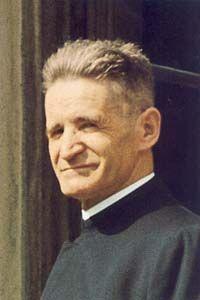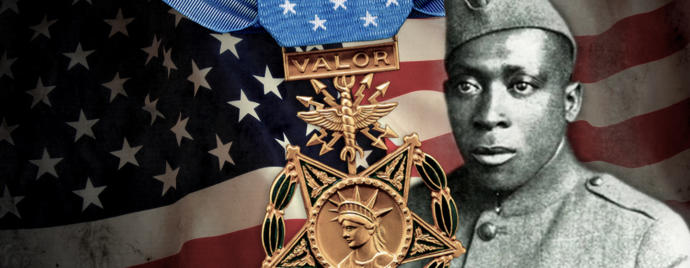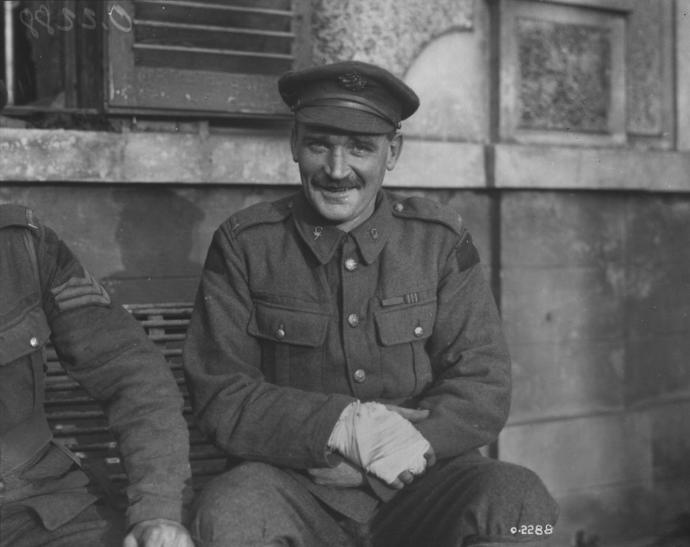When it comes to World War 1 and World War 2 knowledge, many people know of such battles as The Somme and Battle of the Bulge because of its horrific death tolls or because of being taught about it in school classes. In this MyTake, however, I want to introduce you all to lesser known battles and heroes that should be remembered on this day of November 11th. May you recognize the true heroism and sacrifices that were made.
Witold Pilecki - Polish Soldier and Auschwitz Prisoner #4859

Pilecki bravely volunteered, as part of a Polish resistance operation, to be placed in the infamous Nazi death camp Auschwitz in order to gather intelligence and initiate a prisoner uprising. Many people, after the war, knew how brutally prisoners were treated in those camps. Before anyone knew what was going on in Auschwitz, however, it was thought that the location was just another POW camp. In order for information to be leaked, Pilecki infiltrated the camp for the Allies. Pilecki and other resistance members relayed information such as the number of prisoners coming in, the treatment of Jews, and other happenings. After escaping the camp in 1943, the Polish government was taken over by the Communists; Pilecki, loyal to the exile government, was treated as a traitor by the Stalinists that controlled Poland and was therefore executed. On the 1st of October 1990, the charges against Pilecki were revoked. He is now considered one of the most outstanding heroes on WW2 and is adored by the Polish people.
The Limping Priest - Rupert Mayer, S.J.

Unfortunately, when many people think of the Germans of WW2 they incorrectly assume that they were all Nazis and Pro-Hitler. However, there were those that resisted the Nazi regime within Germany. One such man was Rupert Mayer, a Jesuit priest, military Chaplin during WW1, and member of the Catholic resistance to Nazism in Munich. He became the first clergy member to receive the Iron Cross for the recognition of his bravery on the front in 1915. Soldiers admired him for his consistent care for them during battles. He crawled along the dirt of the trenches and prayed for with soldiers. His nickname "The Limping Priest" came from his injury during WW1 after a grenade exploded next to him, resulting in the loss of one of his legs. He continued his efforts throughout the end of WW1 and after WW2 began. Due to the Nazi imposed law against clergy (Kanzelparagraphen), which forbade members of clergy speaking out against the government, Rupert Mayer was sent to the Sachsenhausen concentration camp on November 3, 1939.
William Henry Johnson

In World War 1, May 14, 1918, Johnson singlehandedly fended off a swarm of more than 20 German soldiers using only his fists, a knife, and the butt of his rifle. In doing so, he saved the lives of his fellow soldiers and earned the nickname "Black Death". Being an African American soldier, his brave actions went largely unnoticed. Johnson was finally honored with the Purple Heart in 1996, the Distinguished Service Cross in 2002, and the Medal of Honor in 2015.
Battle for Hill 70 - A Forgotten Canadian Battle

The Battle of Hill 70 began on August 15, 1917. Lieutenant General Arthur Currie took command of the Canadian Corps (see Canadian Expeditionary Force) in June 1917, following the Corps' victory at Vimy Ridge, replacing a British leader. The Royal Engineers fired drums of burning oil into the German positions on the hill, along with heavy artillery fire. The Germans were prepared with their machine-guns and fired upon the approaching Canadians, killing and wounding many. Despite the heavy opposition, the Canadians captured German machine-gun posts and advanced up the hill. Eventually, the Germans offered a counter attack but shells poured down on them and were met with a hail of machine-gun fire, completely annihilating them. By the end, 1,056 Canadians were dead, 2,432 were wounded and 39 had been taken prisoner.

Private Michael O’Rourke, an Irish-born Canadian, was awarded a Victoria Cross for his involvement in rescuing soldiers while being shot at by the opposing Germans during the Battle for Hill 70.
Natalia Peshkova - Combat Medic

After graduating from high school, at age 17, Natalia Peshkova enlisted in the Soviet army as a nurse. Wanting to participate in heavier combat, she was later assigned to the 71st Tank Brigade of the 3rd Guards Tank Army as a Komsorg (Komsomol organizer) for a tank battalion. She was wounded multiple times throughout her posting. Commenting on her ordeal, she stated:
I found myself face to face with a German, at the opposite corner of a log house. I guess he was trembling like me. I always wore trousers; perhaps he didn’t recognize that his rival was a girl. I was extremely frightened. I never saw a person who could kill me so near.
Peshkova received the Order of the Red Star for her bravery and outstanding commitment to the Soviets.

Most Helpful Opinions